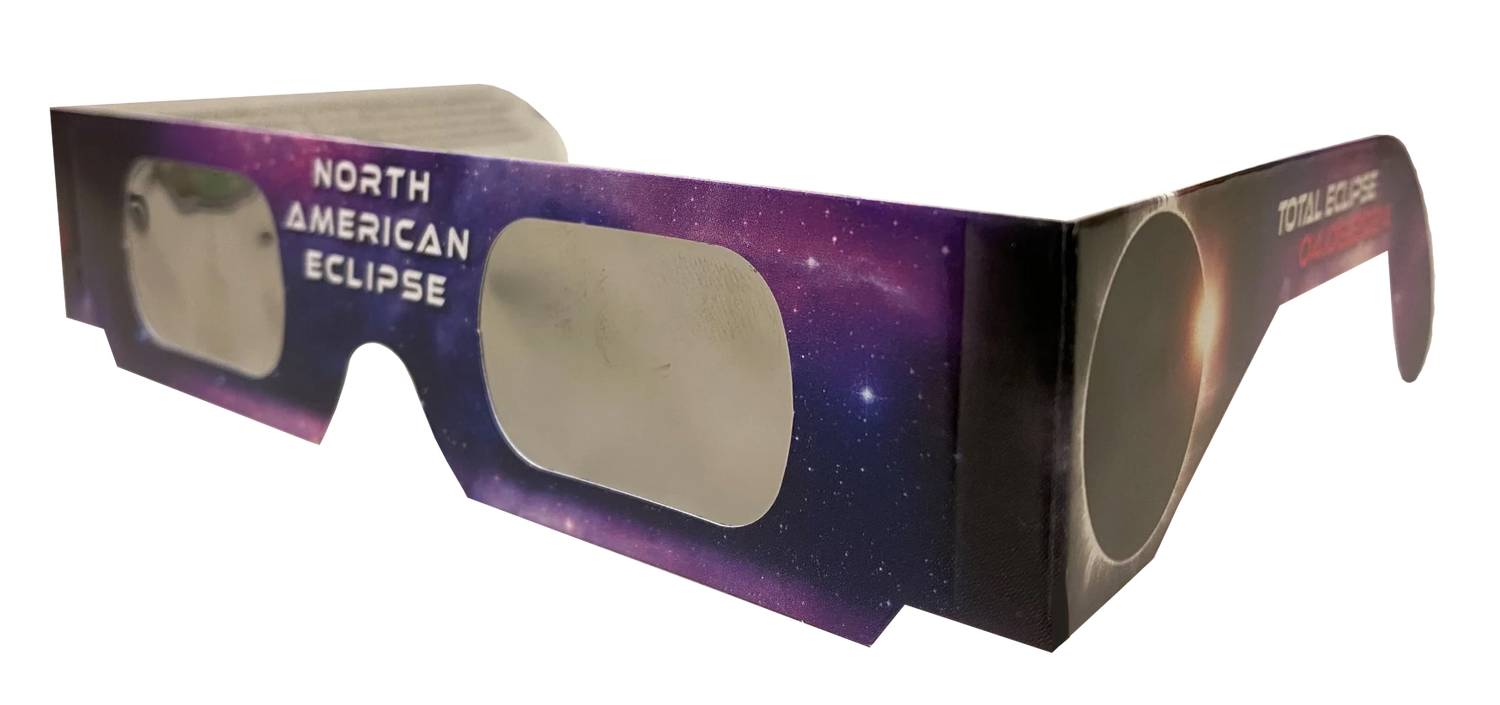
Share
Not All Eclipses Are Created Equal: Unveiling the Differences Between Total and Partial Solar Eclipses
Solar eclipses, where the Moon partially or completely blocks the Sun, are captivating celestial events. However, not all eclipses are the same! Understanding the key differences between a total and a partial solar eclipse can enhance your experience of these awe-inspiring phenomena.
Total vs. Partial: A Tale of Two Shadows
The main difference between these eclipses lies in how much of the Sun's surface is obscured by the Moon. During a total solar eclipse, the Moon completely blocks the Sun's bright face, plunging the observing location into a temporary twilight for a few minutes. This occurs because the Moon's shadow, called the umbra, falls directly on Earth.
In a partial solar eclipse, only a portion of the Sun is covered by the Moon. This happens when the observer is located outside the path of the umbra but within the penumbra, the lighter, outer part of the Moon's shadow. During a partial eclipse, the Sun appears to have a "bite" taken out of it.
2023 vs. 2024: A Case Study in Eclipse Diversity
Let's use recent events to illustrate the difference. On October 14th, 2023, a partial solar eclipse was visible across parts of North and South America. Observers in these regions witnessed the Moon covering a varying percentage of the Sun, depending on their location. In some areas, as much as 82% of the Sun was obscured, while others saw a smaller "bite."
Fast forward to April 8th, 2024, when a total solar eclipse will grace parts of North America. This time, the Moon's umbra will trace a narrow path across the continent, creating a zone of totality where the Sun will be completely blocked for a brief period. This event promises a dramatic shift in daytime lighting, with stars becoming visible in the daytime sky and the Sun's corona, its outer atmosphere, becoming briefly visible.
Beyond the Basics: Interesting Facts
Here are some additional tidbits to enhance your eclipse knowledge:
- Totality is fleeting: The duration of totality during a total solar eclipse is typically only a few minutes, making it a truly remarkable event.
- Not everyone sees the same eclipse: Depending on your location, you might witness a total, partial, or even no eclipse at all.
- Safety is paramount: Never look directly at the Sun, even during a partial eclipse, as it can cause permanent eye damage. Use specially designed solar viewing glasses to safely observe eclipses.
So, as you look forward to April 8 2024, remember – it's not just about the Sun being blocked. It's a chance to witness the intricate dance of celestial bodies, understand the power of shadows, and appreciate the wonders of our universe.

